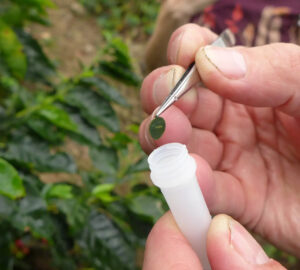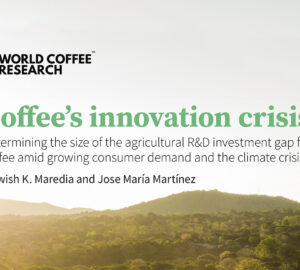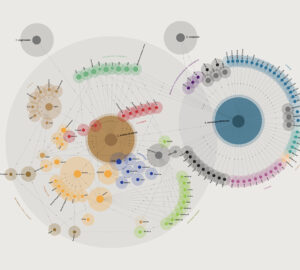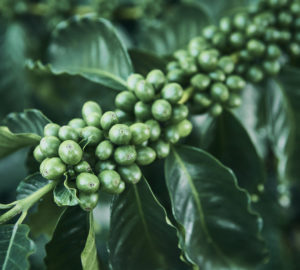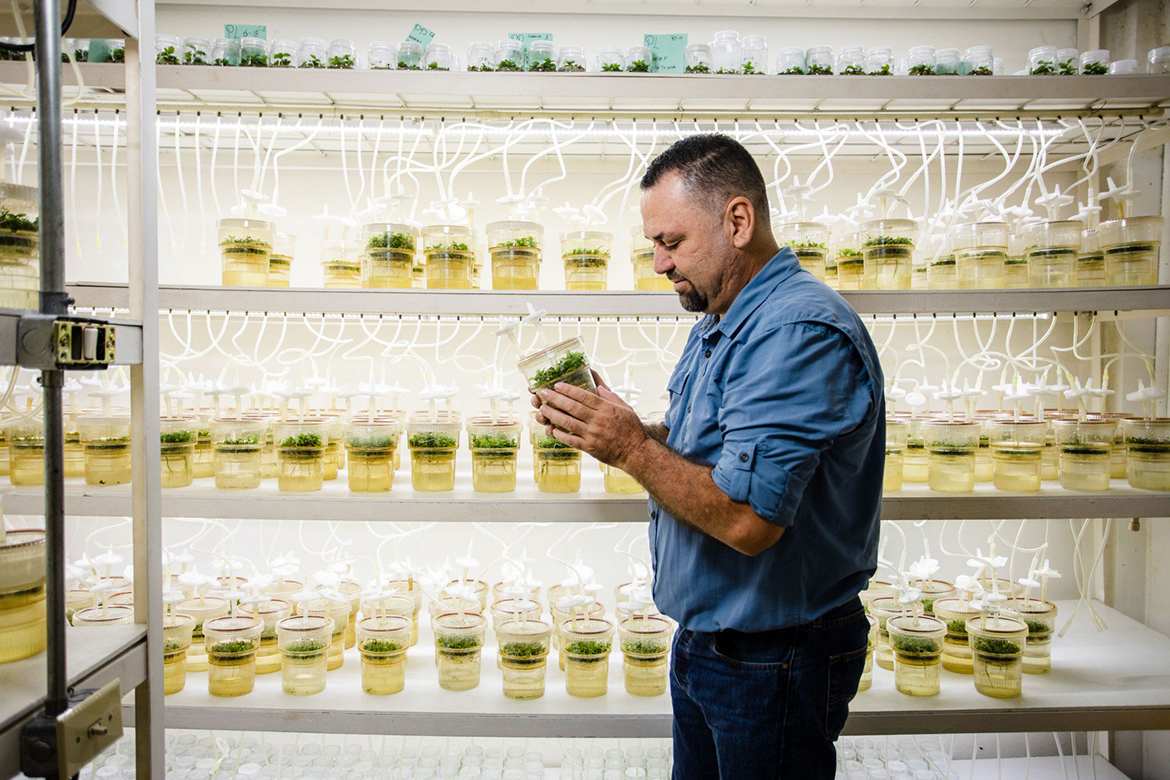
The threat of climate change looms large over the future of coffee production. If problems like leaf rust and artificially low C prices are the past and present hurdles for coffee growers, climate change is the certainly the future (though, in truth all three problems have existed and will continue to for years to come). Often colloquially known as “global warming”—though we don’t use that as much anymore because there are dum-dums in this world who take the presence of cold weather as a sign that everything is a-ok—climate change is best represented by extremes in weather, both hot and cold. And while the earth is warming and that is shifting the regions suitable for coffee production, these swings in temperature can have a more immediate impact, decimating vulnerable coffee trees almost overnight.
But in a bizarre twist of fate, it was one of these temperature swings that led to the discovery of what the MIT Technology Review calls a “climate-change-proof coffee.”
The new F1 hybrid—meaning it is the first-generation offspring of two genetically distant parents— is called Centroamericano and was created in Costa Rica’s Tropical Agricultural Research and Higher Education Center (CATIE). A combination of Sudan Rume and T5295—a “Sarchimor” variety hybrid made from Villa Sarchi and Timor—Centroamericano was created for “disease resistance, yield, and taste;” according to the article, “it produces a high-quality beverage, yields over 20% more coffee beans than average per hectare, and shows high tolerance to coffee leaf rust, a much-feared plague.” But no real thought was given to how it would hold up in extreme conditions.
Until February 6, 2017, that is. On that night at a test farm in Laos, the temperature underwent a drastic drop, bringing with it a frost that “blackened and severely injured most of the trees on the plot.” By the next morning, only three rows of trees had survived: “those with Centroamericano and two other hybrid varieties from Central America.”
Scientists believe these trees survived due to something called “hybrid vigor,” a concept more widely utilized in things like corn, poultry, and rice that has more recently found its way to coffee thanks to the work of Benoît Bertrand at the French Agricultural Research Centre for International Development and other researchers. Hybrid vigor is essentially the idea that each parent organism of the hybrid passes on to their offspring different genes, making it more genetically diverse and therefore more resilient.
The article notes that hybrid vigor may be a boon for the health of coffee, which is “notorious for its lack of diversity,” with Latin American coffee having “an especially shallow genetic pool.” And indeed, initial trials showed these new varieties to have 20-50% more hybrid vigor than their parents, were yielding more coffee, and were disease tolerant.
But the future of coffee hasn’t been secured just yet. Producing these F1 hybrids is expensive—each seedling costs two to three times that of a normal seedling—and they are incredibly unstable. Left to their own devices, these F1 hybrids would create any number of new varieties as the “parents’ genes reshuffle to create new combinations.” This would lead to the loss of stability in the hybrid as well as the vigor.
Nonetheless, Centroamericano represents a step forward in staring down climate change, a problem that doesn’t just impact the coffee industry but everyone, and as such is an issue that is going to require more than just coffee people to affect any real change. So until the Twitter-toting dodo birds of the world jump on board with the idea that humanity needs to amend their practices for the earth to survive beyond our own noses, planning for surviving the worst may just be the best practice. Centroamericano may just be that plan for coffee.
Zac Cadwalader is the managing editor at Sprudge Media Network and a staff writer based in Dallas. Read more Zac Cadwalader on Sprudge.
Top image via MIT Technology Review















![[digital version] coffee varieties poster 24x36](https://sprudge.com/wp-content/uploads/2023/09/wcr-poster-300x270.jpg)

